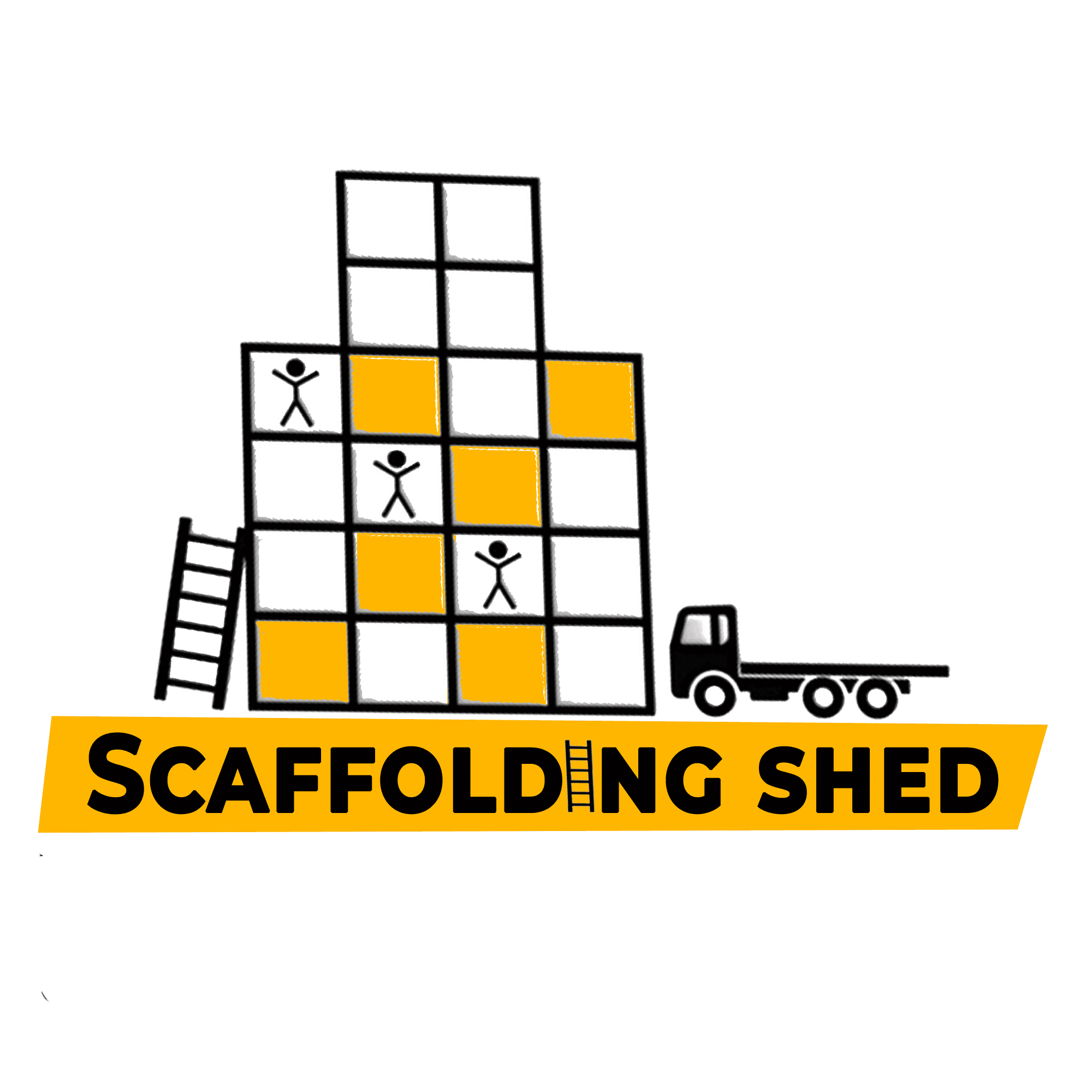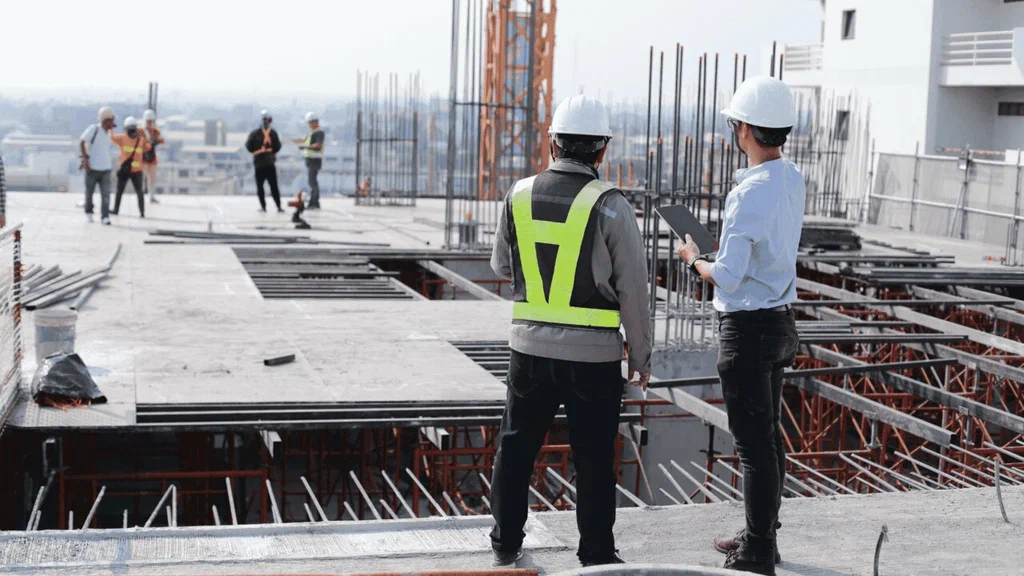Introduction
Scaffolding is an essential component of New York City’s construction and maintenance ecosystem. With a skyline defined by high-rise buildings and stringent safety regulations, scaffolding companies in NYC provide more than just structural support they deliver compliant, engineered access systems that enable efficient, safe, and legal construction activity across all five boroughs.
This article provides a comprehensive overview of scaffolding services in NYC, highlighting critical entities, service structures, legal frameworks, and operational standards that define top-tier providers in this domain.
Understanding the Role of Scaffolding Companies in NYC
Scaffolding companies in New York offer a wide range of services tailored to the city’s complex construction environment. These services typically include:
-
Custom scaffold design and planning
-
Installation and dismantling of pipe, frame, and system scaffolds
-
Sidewalk shed installation for pedestrian protection
-
Suspended scaffolding solutions for high-rise access
-
Permit filing and regulatory compliance with the NYC Department of Buildings
These services are critical to ensuring construction projects remain compliant with New York City regulations, especially under Local Law 11 and OSHA guidelines.
Core Services Offered
Pipe Scaffolds
Ideal for facade repairs, masonry, and general construction, pipe scaffolds are adaptable and durable, often used in both residential and commercial projects.
System Scaffolds
Modular and efficient, these systems are widely used in large-scale construction due to their quick assembly and flexibility in tight urban environments.
Suspended Scaffolds
Swing-stage scaffolds are typically used on high-rise buildings for window installation, facade maintenance, or painting work. These require specialized rigging and safety protocols.
Sidewalk Sheds
Mandated by law when work is being conducted above sidewalks, these protective structures ensure pedestrian safety and help avoid liability for falling debris.
Scaffold Engineering and Permits
Top scaffolding firms provide professionally engineered drawings and handle all necessary DOB filings to meet code requirements and pass inspections.
Regulatory and Safety Considerations
NYC Department of Buildings DOB
The DOB regulates all scaffold and sidewalk shed installations through its permit system and safety inspections. Scaffolding companies must be registered and adhere to strict guidelines related to structural integrity, load capacity, and public safety.
Local Law 11
This law requires periodic facade inspections and repairs for buildings taller than six stories. Scaffolding is often essential for these inspections and the execution of required work.
OSHA Compliance
All scaffold-related work must comply with OSHA’s standards for fall protection, guardrails, and competent personnel. Reputable companies conduct regular training to meet these standards.
Qualities of Leading Scaffolding Companies in NYC
To meet the demands of New York City construction environment, top scaffolding providers must offer:
-
Licensed and insured services
-
In house engineering and drafting capabilities
-
Fast turnaround on permit acquisition and installation
-
A well maintained inventory of scaffolding materials
-
Experience with DOB inspections and Local Law 11 projects
-
A strong focus on worker and public safety
Notable Scaffolding Providers in NYC
- Prime Scaffold NYC Recognized for its engineered scaffold solutions and consistent compliance with NYC building codes.
- Spring Scaffolding Offers comprehensive services including suspended scaffolding, sidewalk sheds, and pipe systems.
- Skyline Scaffolding Group Specializes in commercial and high-rise access solutions with integrated hoisting and rigging support.
- Empire Sidewalk Shed Known for fast and reliable sidewalk shed installations for residential and commercial buildings.
- Colgate Scaffolding A trusted name in both short-term rentals and long-term access solutions with a reputation for jobsite safety.
What services do scaffolding companies in NYC provide?
They offer scaffold design, installation, dismantling, sidewalk sheds, suspended scaffolds, and DOB permit handling.
Why are sidewalk sheds required in New York City?
They protect pedestrians from potential hazards during construction or facade work and are required by law when work is done above sidewalks.
What is Local Law 11?
It mandates regular facade inspections and repairs for buildings over six stories in NYC, often requiring scaffolding for access.
Are scaffolding permits required in NYC?
Yes, all scaffolding and shed installations require permits from the NYC Department of Buildings.
How long can scaffolding remain on a building?
Scaffolding can stay as long as the project requires, but permits must be renewed, and conditions must be safe and compliant.
What is the difference between pipe and suspended scaffolding?
Pipe scaffolding is ground-supported, while suspended scaffolding hangs from above and is ideal for high-rise access.
Do scaffolding companies handle engineering?
Reputable firms often provide in-house engineering or work with licensed professionals to produce DOB-approved scaffold plans.
How do I choose a scaffolding company in NYC?
Look for licensed providers with a strong safety record, experience with NYC codes, and quick permit processing.
Can scaffolding be used on residential buildings?
Yes, scaffolding is commonly used for apartment renovations, roofing, and facade repairs in residential settings.
Is scaffolding safe for workers and the public?
When installed correctly by certified professionals, scaffolding is a safe and essential access solution that protects workers and pedestrians.
Conclusion
Scaffolding companies in NYC are critical to the safe and lawful execution of construction and renovation projects. They bridge the gap between compliance, safety, and operational efficiency particularly in a city where building regulations are among the strictest in the world.
Working with an experienced and licensed scaffolding provider not only ensures legal compliance but also contributes to project timelines, worker safety, and public protection. From sidewalk sheds in Manhattan to suspended scaffolding in Queens, these companies enable the city’s ongoing architectural evolution.



